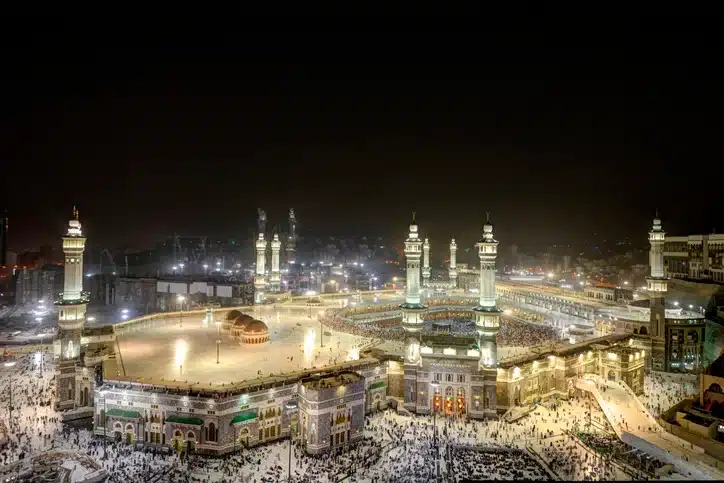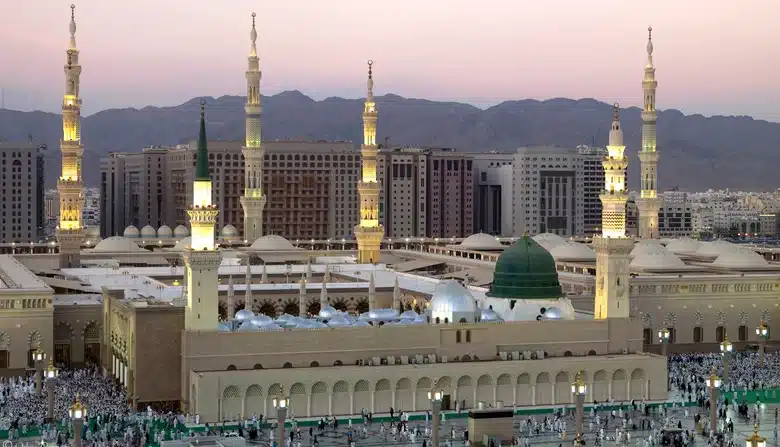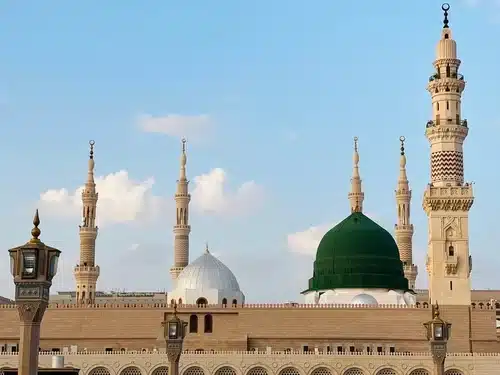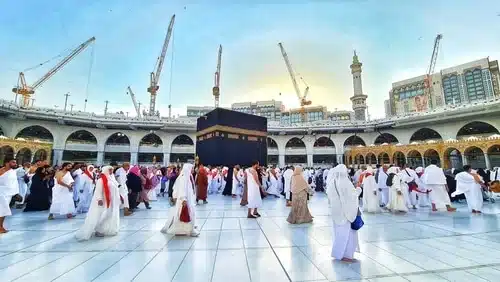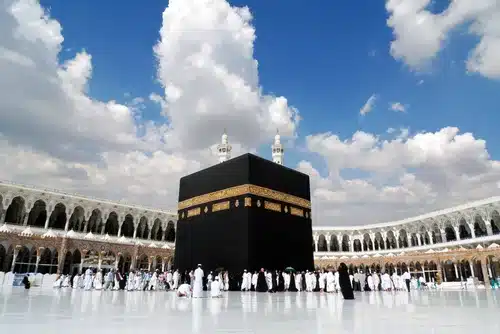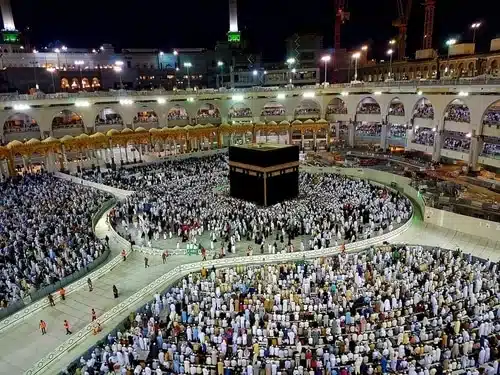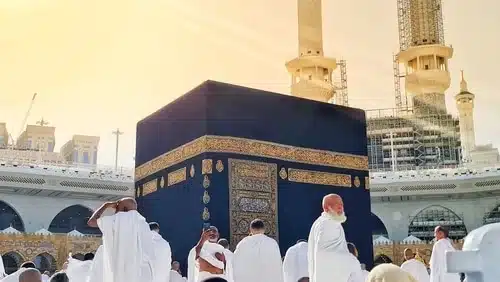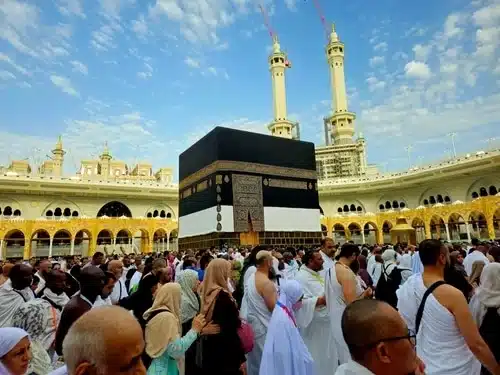Meezab e Rahmah – The Outlet of Mercy
Every year millions of Muslims flock together to visit the most honorable sites located in the city of Makkah, Kaaba tullah. The purpose of this holy journey is to offer the fifth pillar of Islam called Hajj. This is the largest annual congregation of the Muslims and is a major obligatory right of all the able-bodied people. The most important part of Hajj is tawaaf known as circumambulating the Holy Kaabah. The gorgeous and sacred cubical shaped structure was built by the father of the Muslim Ummah, Prophet Ibrahim PBUH.
The house of Allah called Kaabah is situated at the center of the Mosque Al- Haram and consider the holiest site in the world. Muslims of the world face this monument while offering their daily five prayers. The holy Kaabah is an eye-catching and appealing building that holds together so many historical pieces together whether it is the door or the Black Stone.
Another significant piece of this sacred building is the gold spout at the top placed between Rukan Shami and Rukan Iraqi. From here the rainwater pours down on the Hijr e Ismail also called as Meezab. Today we will discuss some lesser recognized facts about Meezab.
Meezab e Rahmah
Meezab is also known as Meezab e Rahmah that means water outlet of mercy. In 1627 when holy Kaabah was re-fabricated this downpour was the reason for a breakdown of three out of four dividers. The gutter is built to protect the overall framework of the pool which is put up from the water underground. Top of Kaabah
After the Kaabah was built by the Prophet Ibrahim, Quraish was the first dynasty who develops the top of the house of Allah. They joined the top with a pipe according to history. There was no nation who establishes a downpipe from Kaabah before Quraish. the first roof of Kaaba tullah was established by the leaves of the date trees.
Remodeling of Meezab
In 1273 A.H the Kaabah was designed by the Sultan Abdul Majeed Khan and so was the Meezab. It was redesigned in 1417 A.H when Kaabah was redesigned and restructured.
Scripture carving on Meezab
The Arabic script is written on the front part of Meezab that says ‘Ya Allah’ and ‘Bismillah hir Rahman nir Raheem’.
Made of Gold
Meezab e Rahmah was made of wood, iron, and silver in the last centuries however Salman Qanuni was the first one to make the spout out from the silver mask. In 1573 Salem Sani the son of Salman Qanuni ordered a gold plated Meezab. At the end of the twentieth century, Waleed ibn Abdul Malik rebuilt Meezab from the purest form of gold.
Structure of Meezab
The spikes are installed on the sides in the spout that is facing the sky so that pigeons and birds are not gathered around it.
The water falling from Hateem streams down and people take it as the magical water or the water containing shifa. However, there is not a single narration that confirms the religious significance of this water.






